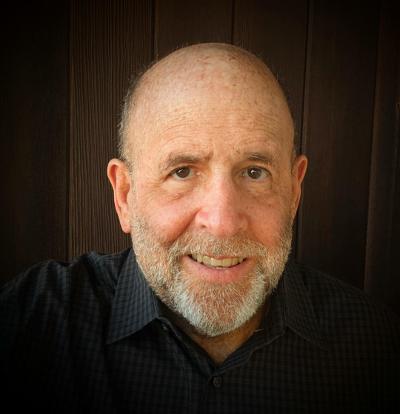Andrew Malekoff
The Aug. 5 lead editorial in this paper focused on recent acts of antisemitism in Rockville Center and Oceanside. Add my hometown, Long Beach, to the list.
On July 23, News 12 reported: “Antisemitic flyers were found on the windshields of cars parked in Long Beach for the second time this week. One of them read: “Every Single Aspect of the COVID Agenda is Jewish.”
Public condemnation by politicians followed.
Gov. Kathleen Hochul, state Sen. Anna Kaplan and Nassau County Executive Bruce Blakeman denounced the anonymous distribution of hate literature, which included typical charges of Jews planning for world domination.
This past April, Newsday reporter Bart Jones cited the Anti-Defamation League, which found that antisemitic incidents on Long Island increased by 23% in 2021; and, New York State accounted for 15% of all antisemitic incidents throughout the U.S.
When it comes to antisemitism, what’s new is old on Long Island.
The Suffolk County Hamlet of Yaphank, located in the Town of Brookhaven, served as a boot camp for American soldiers preparing to ship out to fight in World War I (1914-18). Upwards of 30,000 men received their basic training at Camp Upton, located on 1,600-acres in Yaphank. Among the troops was songwriter Irving Berlin, who wrote “God Bless America.”
By the mid-1930s, the U.S. Army moved out of Camp Upton and the Friends of New Germany moved in. They changed their name to the German American Bund. Bund leader Fritz Kuhn, to signify loyalty to the U.S., directed American flags to be raised alongside swastika flags.
“When the Nazi flag and the American flag began to fly together, and the camp took on a more military appearance, suspicions arose, as did the Bund’s propaganda,” according to Town of Brookhaven Historian Barbara Russell in a 2015 interview for the Times of Israel. “The First Amendment right of free speech escalated to speeches about antisemitism rapidly, which aroused the communities on Long Island to respond.”
Even today, as Matthew Chayes reported for Newsday on Aug. 7, the antisemitic literature left on cars and in driveways in Nassau County were hateful but not criminal. Attorney David Goldberger, who specializes in First Amendment cases, affirmed that “hate speech is protected by the First Amendment.”
The German American Bund changed the name of the Yaphank encampment from Camp Upton to Camp Siegfried, the first of 21 Nazi camps stretching from coast-to-coast across the U.S by the late 1930s.
The former U.S. Army base was replaced by a camp for German American youth to enjoy clean air and recreation.
And, to worship Hitler.
The main drag at Camp Siegfried was named Adolf Hitler Strasse. Other streets were named after Joseph Goebbels, chief propagandist for the Nazi Party, and for various other high-ranking Nazi-era officials.
Boys and girls training at Camp Siegfried dressed in brown shirts, jackboots, Sam Brown belts (with a supporting strap that passes over the right shoulder) and swastika armbands, similar to Hitler youth in Germany.
Photos and films display young people at Camp Siegfried with their arms extended in Heil Hitler salutes, as they prepared for drills.
On Sundays German Americans of all ages living in the New York metropolitan area donned their traditional garb and took Long Island Railroad’s “Yaphank Special” for the weekly Bund festivities, which were programmed to indoctrinate children and adults with Nazi ideology. On occasion, Black Shirts from Lindenhurst joined the revelries.
Although the recent dissemination of antisemitic flyers in Nassau County are a far cry from the more institutionalized American antisemitism that 1938 Camp Siegfried personified, it should not be taken lightly, especially at a time when far-right extremism in America has reached a fever-pitch.
Denunciations by political officials is an easy start. Nevertheless, without concerted and sustained efforts to identify, locate, root out and expose the gutless perpetrators and craven organizations that support them, condemnation by county and state officials will amount to little more than politically expedient photo ops.
Aside from law enforcement and legislation, if offenders are protected by free speech and hidden by anonymity, the press must be enlisted to publicly expose and apply unrelenting pressure on those who are positively identified and whose names are lawfully obtained.
The names and images of the purveyors of hate speech should be posted in the press daily. Sunlight is needed to help them scatter from the darkness, shatter their anonymity and make them squirm – every day.

